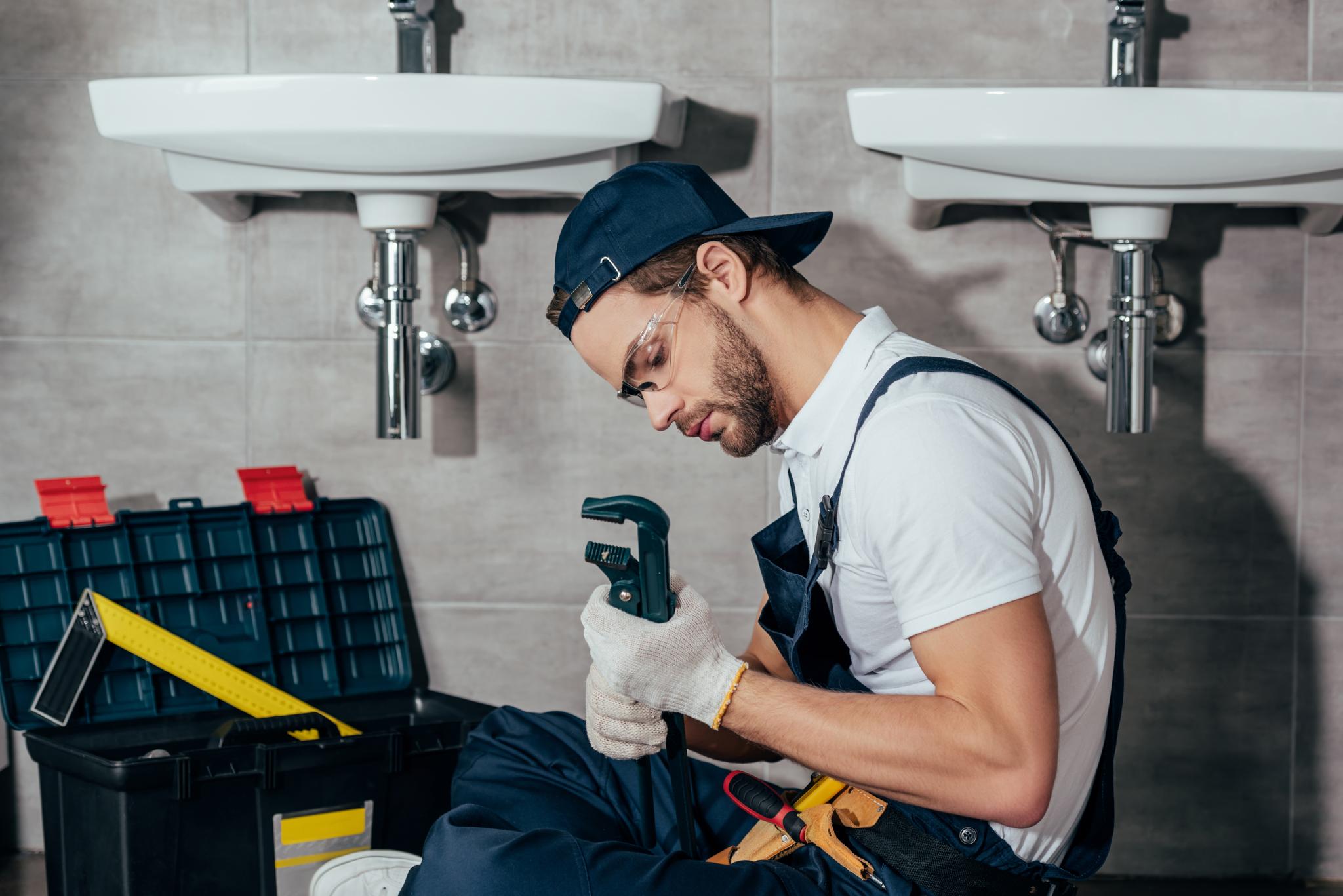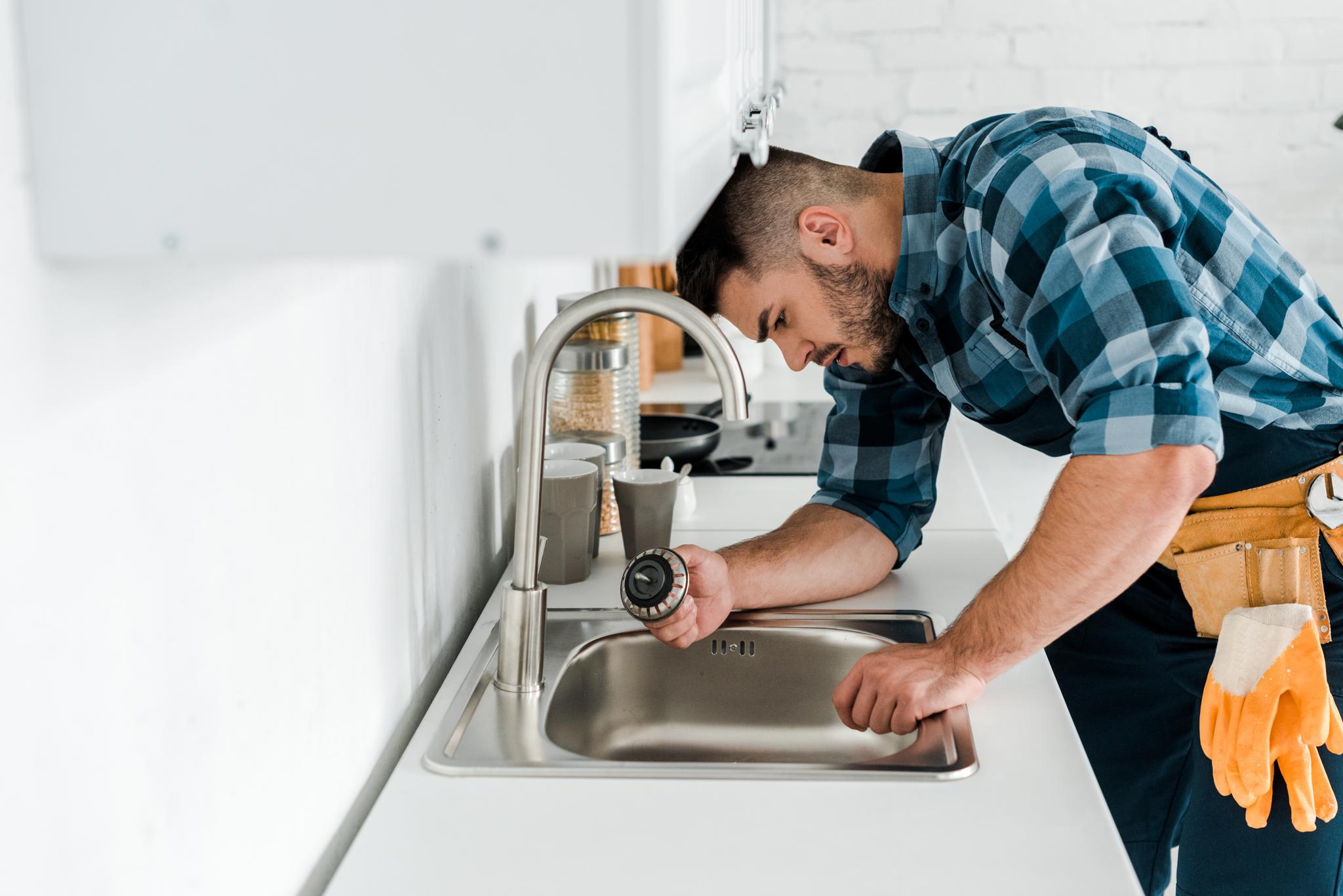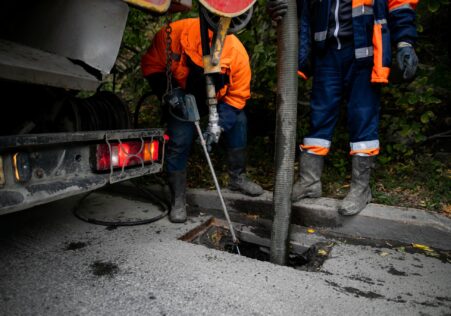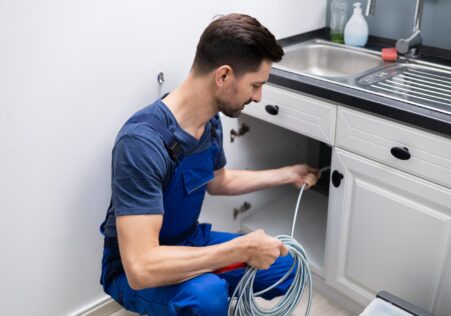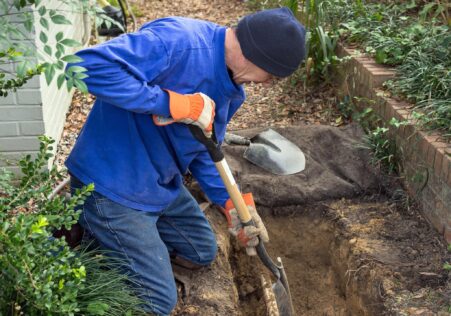How to Choose the Right Pipe Relining Material for Your Home
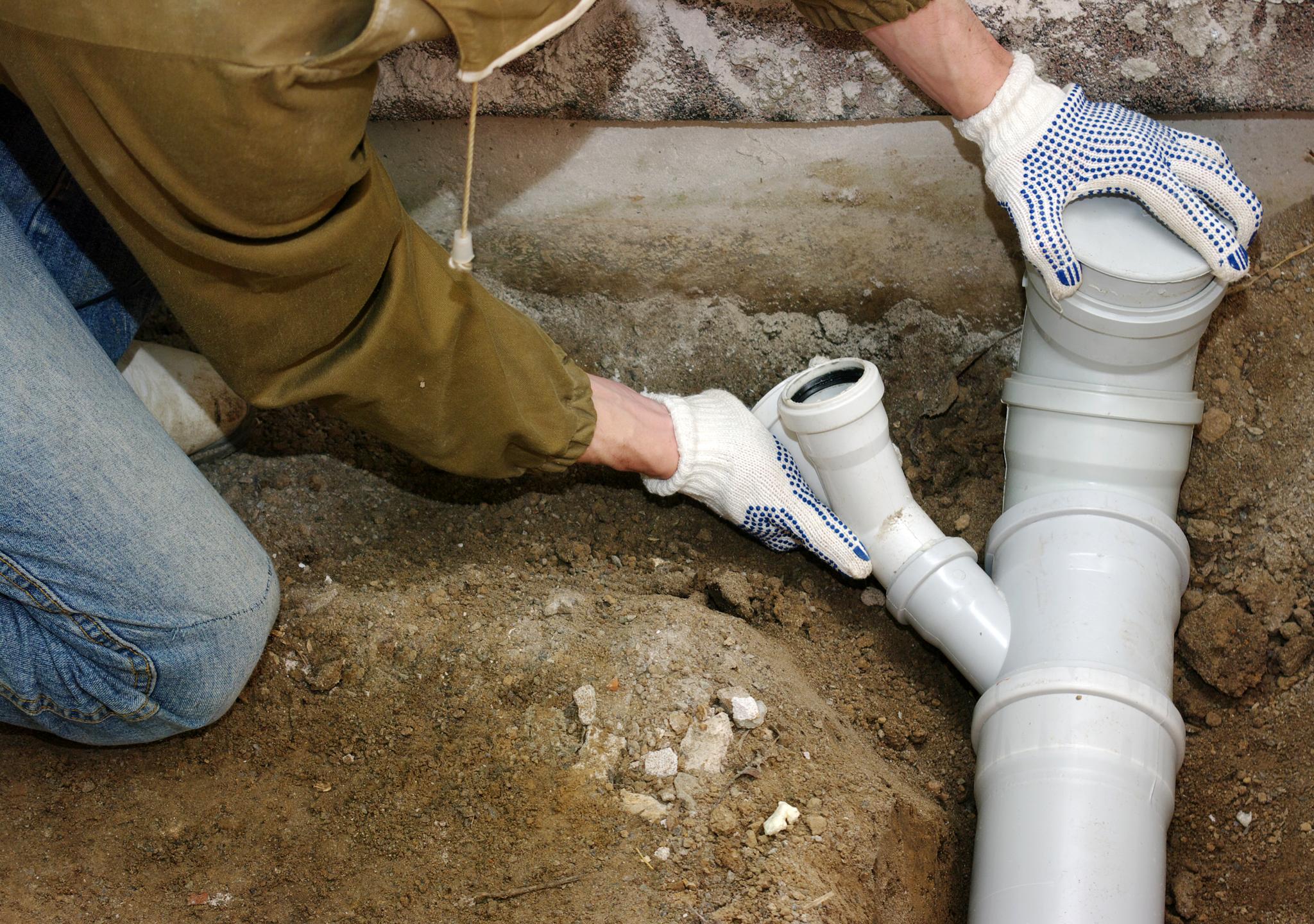
Keeping your home’s plumbing in good order is essential however, the pipes may wear out with time. The standard method of replacing them is digging away and removing the old pipes. This process can be messy and expensive. Relining pipes is an easier, superior, cost-effective and convenient option.
Key Takeaways
- Pipe relining is a cost-effective alternative to traditional pipe replacement methods
- Making the right choice of pipe relining materials is vital to its effectiveness and long-term durability.
- Some considerations when selecting materials for pipe relining are the environments, flow capacities cost, durability, and maintenance
- Different types of pipe relining materials include Cured-in-Place Pipe (CIPP), Fiberglass Pipe Lining, as well as Cast Iron Pipe Lining.
- Relining pipes creates a new "pipe inside the pipe" which allows you to restore full functionality without requiring the removal of the existing pipes.
However, with the variety of options for pipe relining it’s important to pick the most appropriate one. This guide will let you know the factors to take into consideration when choosing a pipe relining material that suits your needs and budget.
What exactly is Pipe Relining?
Before we dive into the process of selecting the correct pipe Relining material, let’s explain what it is.
Relining pipes is a process that involves insertion of an epoxy liner inside damaged or degraded sewer lines water mains, or other underground piping systems preventing the root from infiltrating and leaking. It creates a "pipe inside an existing pipe" that helps to restore full functionality without the removal of pipes that are already in use.
The advantages of pipe relining include:
- Minimizes excavation works
- Lowers the costs related to traditional methods
- More hygienic than excavation
There are many advantages, choosing the correct material to line your home is vital when it comes to effectiveness and long-term durability.
Considerations When Choosing Pipe Relining Materials
- Environment: One of the essential things that you must be aware of when selecting a pipe lining material should be the surrounding. The external conditions determine the strength of the liner will remain free from the effects of chemicals, humid conditions among others.
- Flow Capacity: A capacity for flow would refer to the volume of liquid which flows easily through your plumbing after the installation of new liners.
- Durability: Durability is a measure to determine how the time it takes to last in extreme environments, such as high amounts of moisture, chemicals and other tough conditions.
Costs
Additional Information
- How CCTV Drain Inspection Saves You Time and Money in the Long Run
- Save Money with These Simple Drain Maintenance Techniques
- How to Determine if Your Piping Require Relining
- CCTV Drain Inspections: The Key to Preventing Clogs and Other Plumbing Issues
- Sustainable Sewer Repair: Benefits of Relining
- When Should You Call A Professional To Clear Your Blocked Drain?
- The Benefits of CCTV Drain Inspection: Beyond Unclogging Pipes
- DIY Tips for Unclogging Your Shower Drain Without Harsh Chemicals
- A Detailed Look at the Pipe Relining Process: Everything You Need to Know
- Why Pipe Relining is a Cost-Effective Solution for your Business’ Plumbing Issues?


